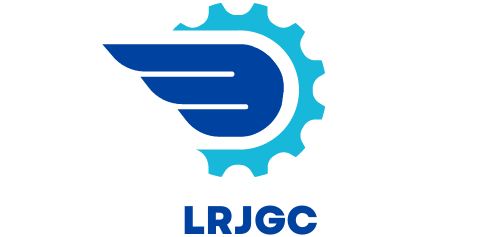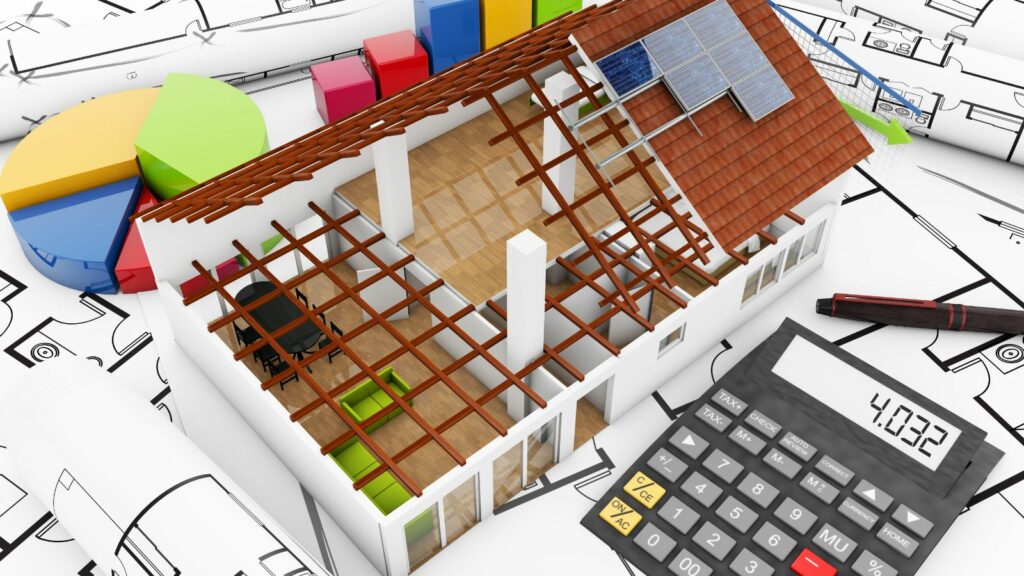Navigating the complexities of construction costs can feel like deciphering a foreign language. With fluctuating material prices, labor shortages, and unpredictable economic conditions, accurately forecasting construction costs is more crucial than ever. Whether it’s a small residential project or a massive commercial development, understanding the factors that influence construction costs can make or break a budget.
In today’s fast-paced construction industry, staying ahead of cost trends isn’t just beneficial—it’s essential. Companies and contractors need reliable data and insights to plan effectively and avoid unexpected financial pitfalls. This article delves into the key elements that impact construction cost forecasts, offering valuable insights to help you stay informed and prepared.
Construction Cost Forecast
Material Costs
 Material costs vary significantly due to supply chain issues, availability, and global market dynamics. For example, price fluctuations in steel, lumber, and concrete directly influence overall project expenses. Keeping track of commodity prices and sourcing options can help manage these costs more efficiently. Additionally, considering alternative materials or suppliers can also mitigate risks associated with rapid price changes.
Material costs vary significantly due to supply chain issues, availability, and global market dynamics. For example, price fluctuations in steel, lumber, and concrete directly influence overall project expenses. Keeping track of commodity prices and sourcing options can help manage these costs more efficiently. Additionally, considering alternative materials or suppliers can also mitigate risks associated with rapid price changes.
Regulatory Environment
The regulatory environment significantly affects construction costs through building codes, safety regulations, and environmental laws. Compliance with these regulations often requires additional resources and time. Monitoring changes in local, state, and federal regulations can help anticipate future costs. Companies can also engage with policymakers and industry groups to stay informed about upcoming legislative changes.
Technological Advancements
Technological advancements, like Building Information Modeling (BIM) and project management software, can optimize construction processes and reduce costs. Implementing such technologies increases efficiency and mitigates errors. Firms adopting new tech can experience better cost control and forecasting accuracy. For example, digital tools for project scheduling and budgeting can streamline operations, thus minimizing unexpected expenses.
Current Trends Construction Cost Forecast
Current trends in construction costs are shaped by multiple factors, including regional differences and economic conditions. Understanding these elements is crucial for accurate cost forecasting and effective project management.
Regional Variations
Geographical location significantly impacts construction costs. Urban areas often experience higher costs due to increased labor demand and material prices. For instance, cities like New York and San Francisco show elevated costs compared to rural regions. Additionally, local regulations and climate conditions can affect material availability and durability, further influencing costs. Proximity to suppliers can also alter transportation expenses, making logistics a critical factor in regional cost variations.
Economic Impact
Economic conditions play a pivotal role in construction costs. Inflation, interest rates, and economic growth directly impact project expenses. For example, high inflation increases material and labor costs, while low interest rates might encourage borrowing, boosting construction activities. Economic downturns can lead to reduced demand for new projects, potentially lowering costs. Conversely, strong economic growth can drive up prices due to heightened demand for resources and labor. Therefore, monitoring economic trends is essential for effective cost forecasting.
Construction Cost Forecast: Tools and Methods for Accurate Forecasting
Software Solutions
 Construction firms rely on specialized software to streamline cost forecasting. Programs like Building Information Modeling (BIM) and Procore provide real-time data, enabling detailed project visualization and cost estimation. These tools integrate historical data, current material prices, and labor rates, aiding in precise budget planning. Additionally, cloud-based platforms offer enhanced collaboration among project stakeholders, ensuring data consistency and reducing errors.
Construction firms rely on specialized software to streamline cost forecasting. Programs like Building Information Modeling (BIM) and Procore provide real-time data, enabling detailed project visualization and cost estimation. These tools integrate historical data, current material prices, and labor rates, aiding in precise budget planning. Additionally, cloud-based platforms offer enhanced collaboration among project stakeholders, ensuring data consistency and reducing errors.
Expert Analysis
Expert analysis involves leveraging the insights of industry professionals to enhance cost predictions. Experienced estimators and analysts assess market trends, labor conditions, and material price fluctuations to provide informed recommendations. They combine historical cost data with current economic indicators to refine forecasts. Engaging experts ensures the consideration of regional nuances, regulatory impacts, and project-specific factors. Consequently, expert analysis complements software tools by adding a layer of human judgment.
Detailed Planning
Effective cost management practices, including detailed budget planning and proactive risk management, are essential for project success. Engaging stakeholders early and regularly updating forecasts ensure financial stability and informed decision-making. As the construction industry continues to evolve, staying ahead of construction cost forecast trends and leveraging expert insights will remain crucial for accurate and reliable cost forecasting.


